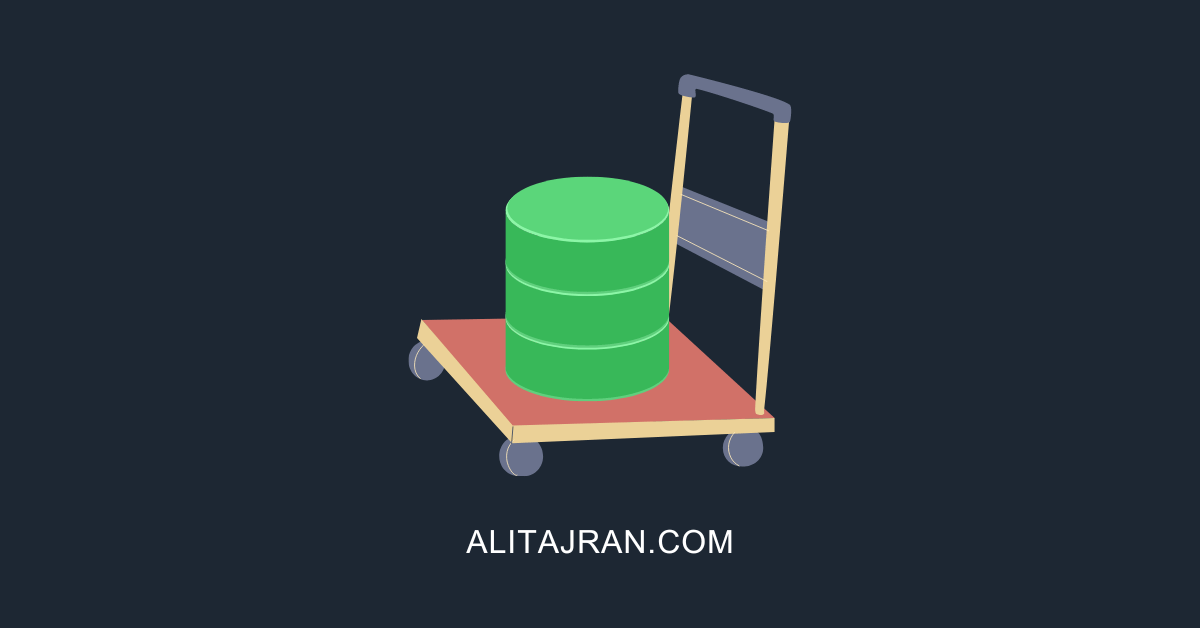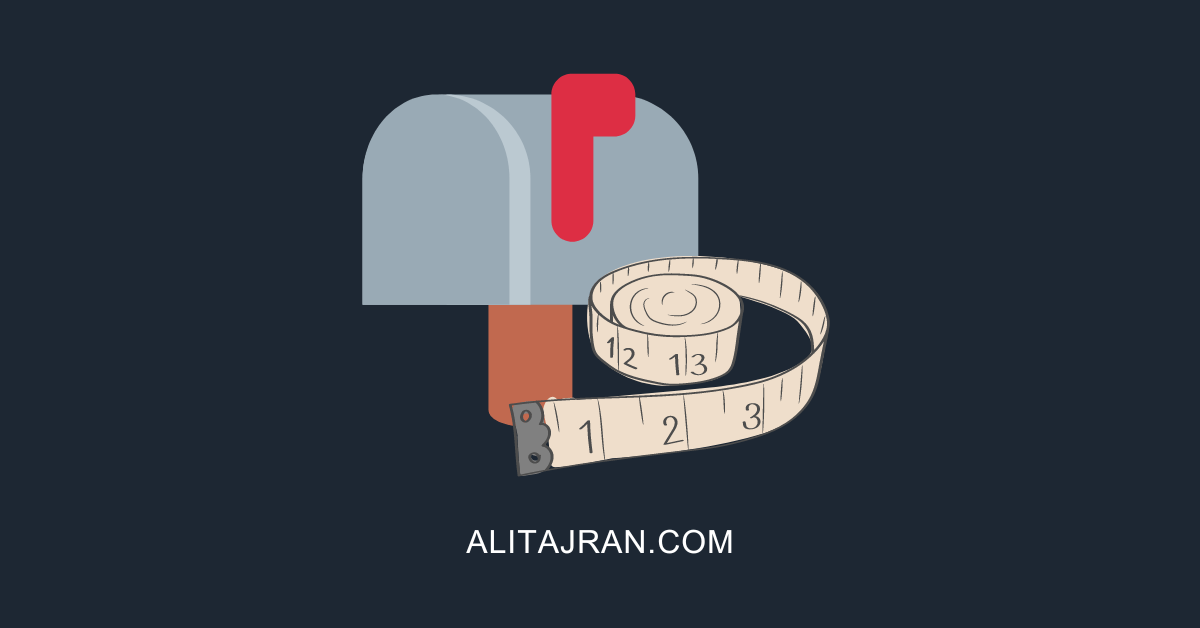After renaming the Exchange database, we like to move the Exchange database to another drive.…
New-MigrationBatch or New-MoveRequest in Exchange
There are two ways when it comes to moving mailboxes between on-premises and Exchange Online organizations. One way is with New-MigrationBatch, introduced since Exchange 2013. The other way is with New-MoveRequest. In this article, we will compare both features.
Information
You read a lot about moving a mailbox, and you like to know which options are available. Think about when you have to prepare a massive mailbox migration to Office 365, or from Exchange Server 2010 to Exchange Server 2016.
There are two options available to move mailboxes, that’s the New-MigrationBatch and the New-MoveRequest feature.
If you want to look at the primary purpose of both features, there is no difference. That’s because both of them will move the mailbox from the source mailbox database to the target mailbox database. But what’s the difference then?
New-MigrationBatch vs. New-MoveRequest
| Description | New-MigrationBatch | New-MoveRequest |
|---|---|---|
| Move mailbox between on-premises mailbox databases | ✓ | ✓ |
| Move mailbox to and from Exchange Online (Office 365) | ✓ | ✓ |
| Immediately starts the mailbox transfer | ☓ | ✓ |
| Migration status report | ✓ | ☓ |
| Exchange 2010 support | ☓ | ✓ |
| Exchange 2013/2016/2019/Exchange Online support | ✓ | ✓ |
| Move one mailbox | ✓ | ✓ |
| Move many mailboxes | ✓ | ✓ |
| Move mailboxes with a CSV file | ✓ | ✓ |
| Makes use of Migration mailbox (arbitration mailbox) | ✓ | ☓ |
| Available in Exchange Admin Center | ✓ | ☓ |
| Available in Exchange Management Shell | ✓ | ✓ |
Which one to choose?
You have a migration planned, and you have to move thousands of mailboxes. Maybe you like to move a single mailbox or many mailboxes. Which of these two options should you choose:
- New-MigrationBatch
- New-MoveRequest
I do recommend moving mailboxes with the New-MoveRequest as it’s faster. There is no Migration mailbox involved in the process. If the company asks for a detailed report after the mailboxes finished moving, go for option 1.
If you want to move the mailboxes with a wizard (GUI), you must choose for Exchange Admin Center. In the back-end, it will make use of the New-MigrationBatch feature. If you want to move mailboxes with the New-MoveRequest feature, you have to use Exchange Management Shell.
Articles that you may be interested in:
- Move mailbox to another database with PowerShell
- Move all mailboxes from one database to another
- Move mailbox in Exchange Admin Center
- Move mailbox to Exchange Online with PowerShell
- Migrate Exchange mailboxes through text file
- SuspendWhenReadyToComplete Exchange
Conclusion
In this article, you learned the difference between New-MigrationBatch and New-MoveRequest in Exchange Server. The next time you read about migrating mailboxes or move mailboxes, you already know that they both do the same in the end. Only the in-between process is different.
Did you enjoy this article? You may also like How to Enable TLS 1.2/TLS 1.3 on Windows Server. Don’t forget to follow us and share this article.



Hi,
When creating starting a migration test using EAC, i am unable to select one user at a time. However, when using a csv file it works, but the job fails with error “Error: MigrationRecipientNotFoundException: A recipient wasn’t found for “UserEmailAddress” on the target. Create a recipient of the appropriate type for this migration on the target and try again”.
not sure what i’m doing wrong?
Hi
For some reason I ended up to your page “New-MigrationBatch or New-MoveRequest in Exchange”. I wasn’t looking for this information but in the past it’s have been a topic that I have been interested in so I ended up reading your blog page.
I just wanted to ask “why the migration batch is faster than new-moverequest?”. During the years as an Exchange admin I have felt that it’s the other way round and migration batch starts more easily to hang in starting the batch or in finishing it.
And if you are looking at what happens when a new migration batch is created it creates moverequests for the transfer. So basically it’s a one layer above moverequests. So there is more possibilities for errors and something not functioning. Also for this reason I feel like that it can’t be faster because it’s still based on moverequests. Sure the GUI might say that transfer has started even if it’s not true… what comes to finishing of the batch it might take sometimes hours to update the status on migration batch (while moverequests were finished already).
I really don’t know how migration batches technically works (in under the hood). My comments are based on observation and mailbox transfers in different environments. That’s why I have interest in this matter.
Best regards,
Petteri
Hi Petteri,
Your information and observation are correct. That’s how it works.
New-MoveRequest is faster than New-MigrationBatch.
I have written in the article, “I do recommend moving mailboxes with the New-MoveRequest as it’s faster. There is no Migration mailbox involved in the process.”
But, I do see that what went wrong. The checkmark for “Immediately starts the mailbox transfer” is placed in the wrong column in the table. I updated it right now.
Thanks!